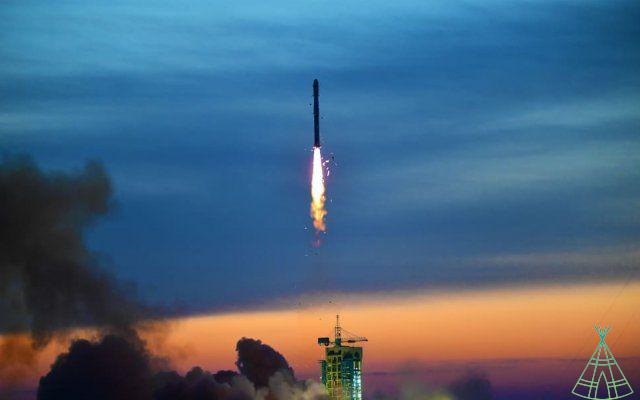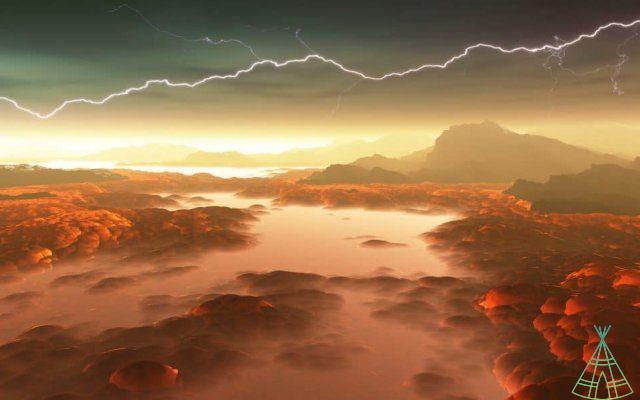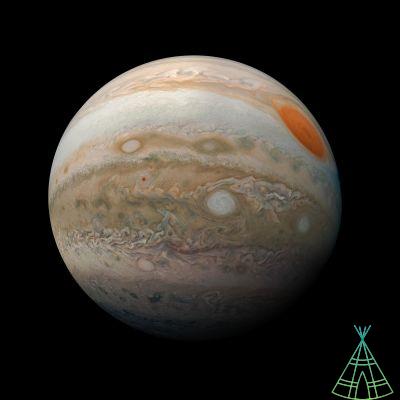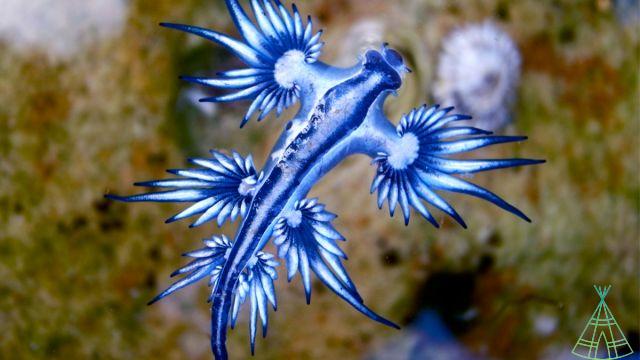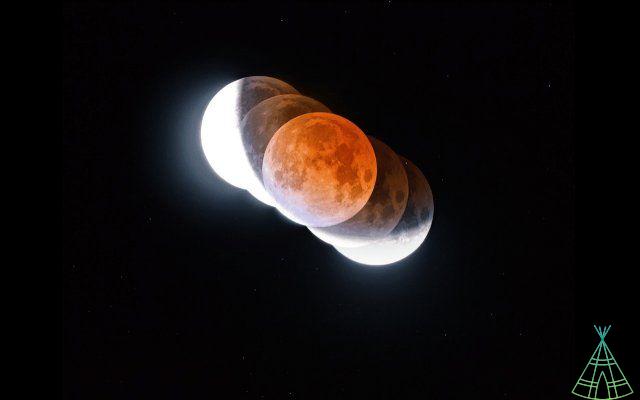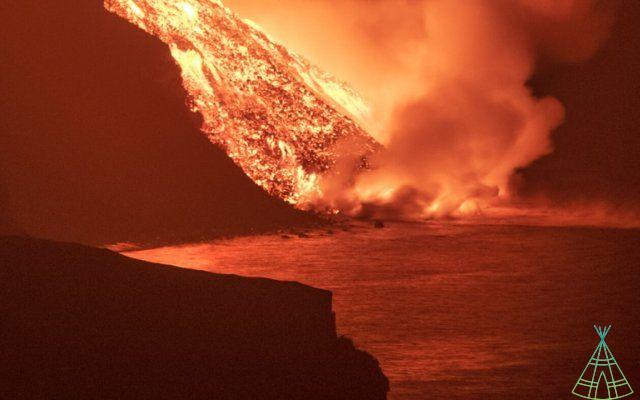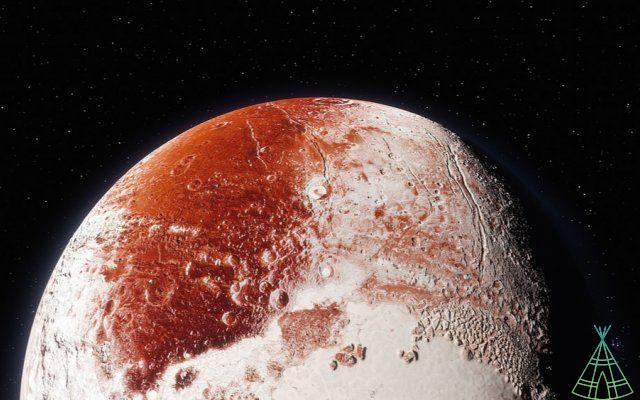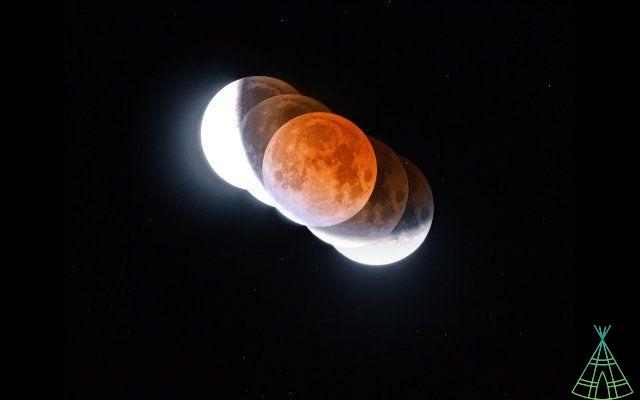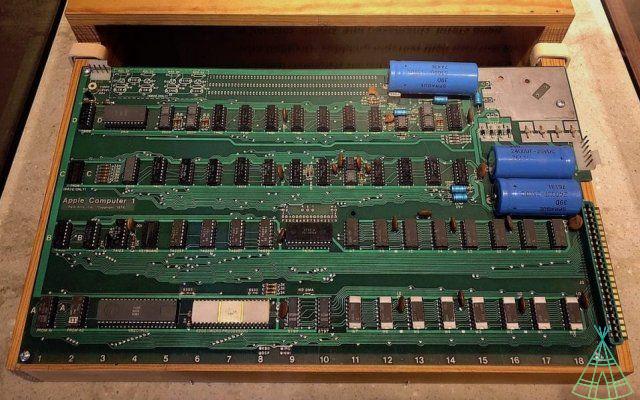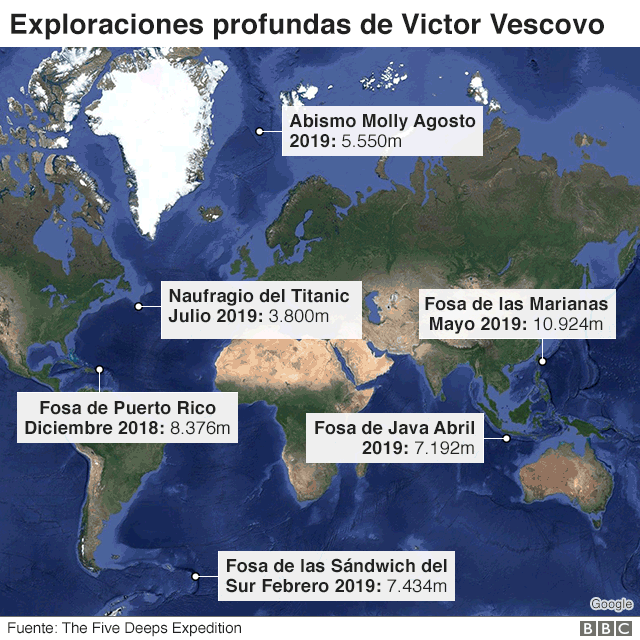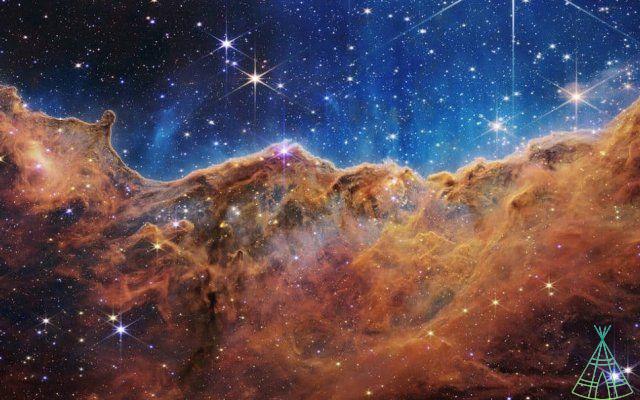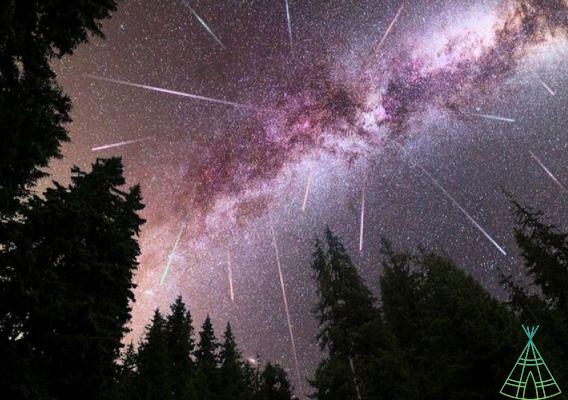
Active from December 4th to 17th, the Geminid meteor shower, one of the most anticipated astronomical events of the year, is the last of 2022. It reached its peak between Tuesday (13) and Wednesday (14), offering the best opportunities to see incredible “shooting stars”, which, in this specific case, are very bright and can even be colorful.
Here in Brazil, it was possible to observe an average of between 15 and 25 meteors per hour, depending on the meteorological conditions of the places. In other places in the world, in North Carolina, USA, 15 of them were seen in an interval of just half an hour, according to the Space website.
In California, photographer Tayfun Coskun captured some beautiful streaks of shooting stars above a wreck at Point Reyes, a fishing boat carcass stranded on sand near the small town of Inverness, about 64 miles northwest of San Francisco.
The Geminid Meteor shower and stargazing view by the Pacific Ocean of Point Reyes in California…@anadoluimages #Geminids #Meteorshower pic.twitter./YYD1OjSnKp
— Tayfun Coskun (@TayfunCoskunn) December 14, 2022Photographer Paula Corrette, from Tucson, in the US state of Arizona, shared an incredible photo showing a sky full of stars and a huge luminous trail just above the great reddish spot on Mars. "A little bit of condensation on the lens added a little bit of brightness to Mars when a meteor passed by."
A little condensation on the lens added a bit of shimmer to Mars as a meteor flew by.#geminids #azwx pic.twitter./998n15Qw6q
— Paula Corrette (@pcorrettefay) December 14, 2022Another photographer, Frankie Lucena, shared a clip showing a bright streak of light streaking across the dark sky near Puerto Rico's Lajas Aerostat radar station.
Geminid meteor near the Lajas Aerostat facing SE from Cabo Rojo, PR. @adamonzon @DeborahTiempo @weatherchannel @amsmeteors #GeminidMeteorShower #Geminids @IMOmeteors @SPACEdot @NASA @eMeteorNews @meteordoc pic.twitter./uXsCdCpItE
— Frankie Lucena (@frankie57pr) December 14, 2022The geographer and nature photographer Peter Forister, from Virginia, USA, made a beautiful record in Big Meadows, in Shenandoah National Park, which is in the Blue Ridge Mountains.
The Geminid meteor shower in Big Meadows, Shenandoah National Park last night. #Geminids pic.twitter./PBDbYyZDBr
— Peter Forister ❄️💨❄️ (@forecaster25) December 14, 2022
Learn about the Geminid meteor showers
Most meteor showers are generated by debris from passing etas. In the case of Geminids, however, it is formed by debris from the asteroid 3200 Phaeton – a space rock that “mimics” the portamento of an eta.
This asteroid measures around 5,8 km wide and, as it approaches the Sun, it becomes brighter (in a similar way to etas, which are heated and become more active and brighter when they lose gases and dust the heat ). Scientists credit Phaeton's "age activity" to sodium.
Because they are denser than usual, the small space rocks coming from this asteroid enter our atmosphere much more slowly, generating long-lasting light trails and even greenish fireballs.
This asteroid measures around 5,8 km wide and, as it approaches the Sun, it becomes brighter (in a similar way to etas, which are heated and become more active and brighter when they lose gases and dust the heat ). Scientists credit Phaeton's "age activity" to sodium.
Because they are denser than usual, the small space rocks coming from this asteroid enter our atmosphere much more slowly, generating long-lasting light trails and even greenish fireballs.
Have watched the new videos on YouTube from Technology Refugee? Subscribe to the channel!









